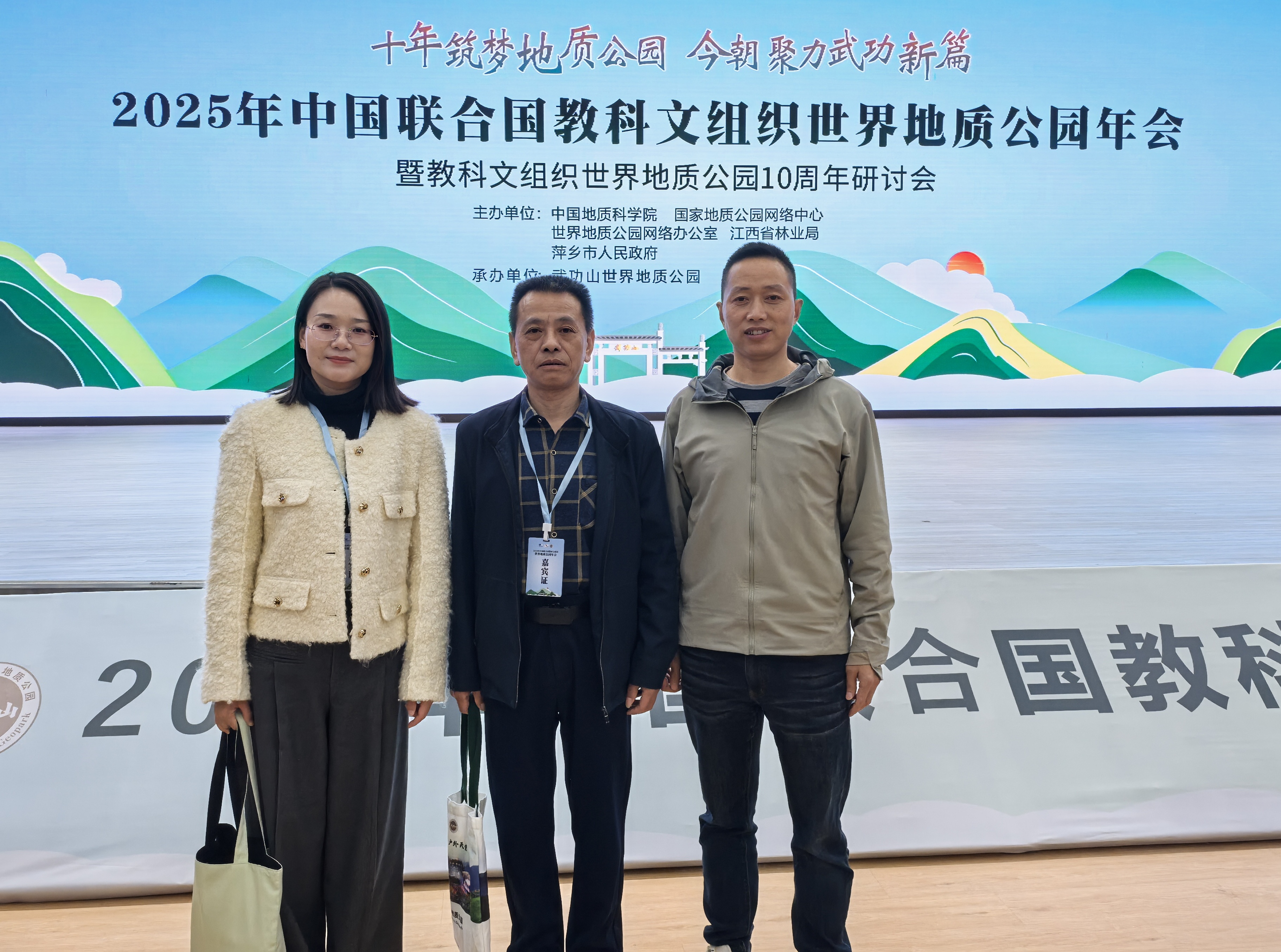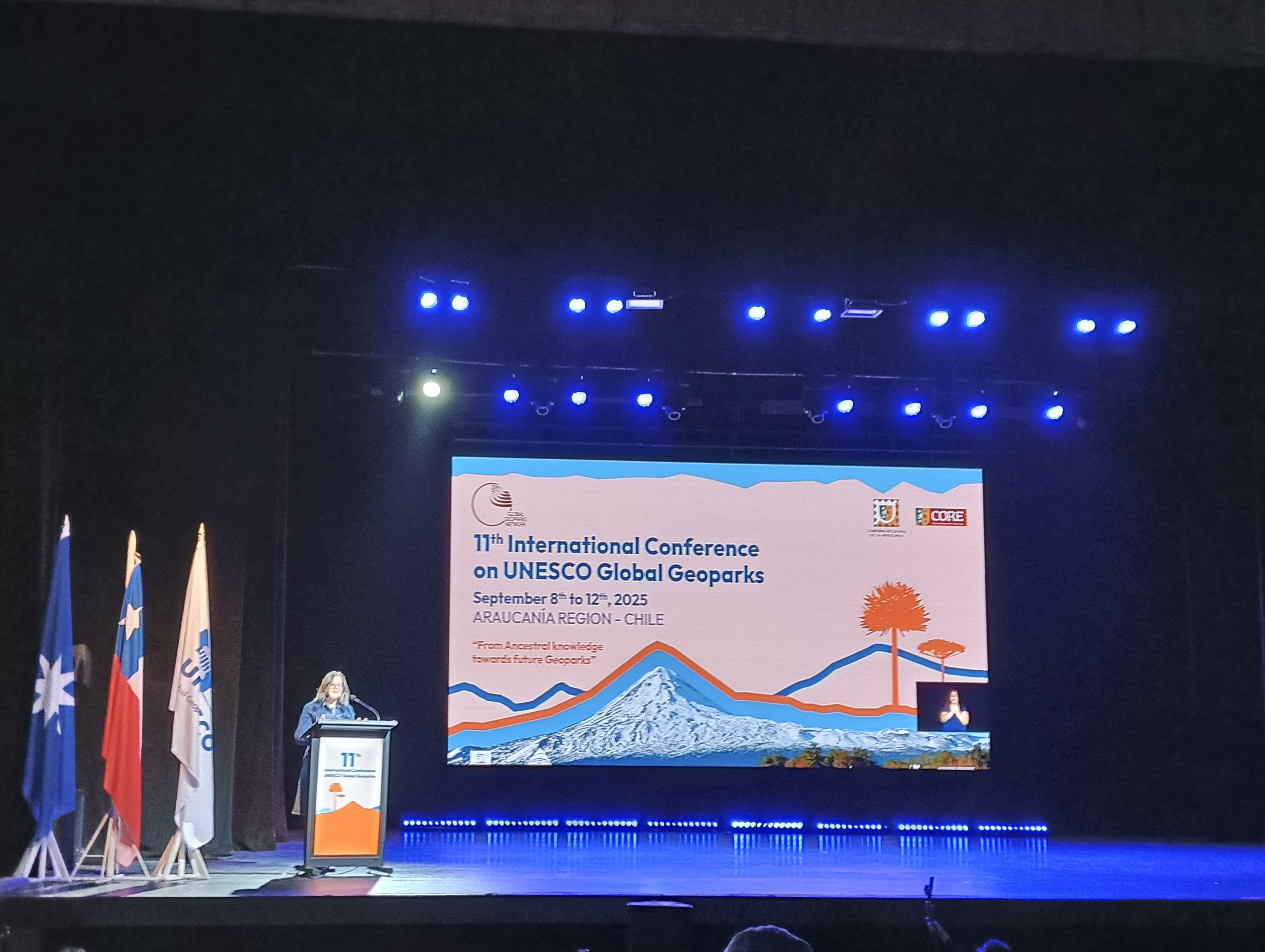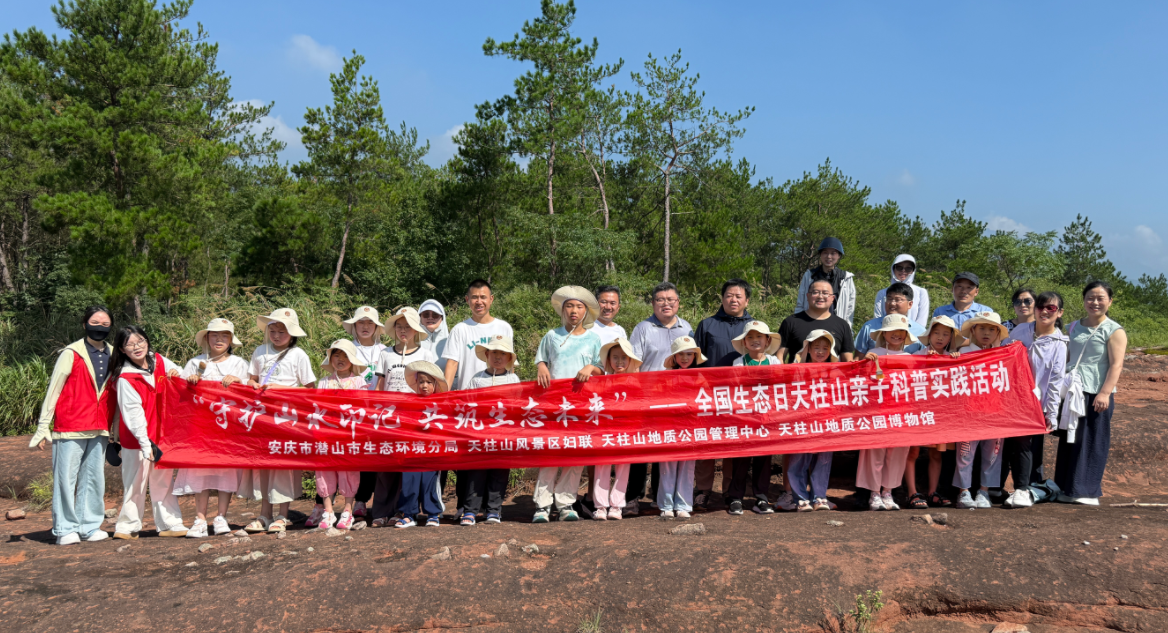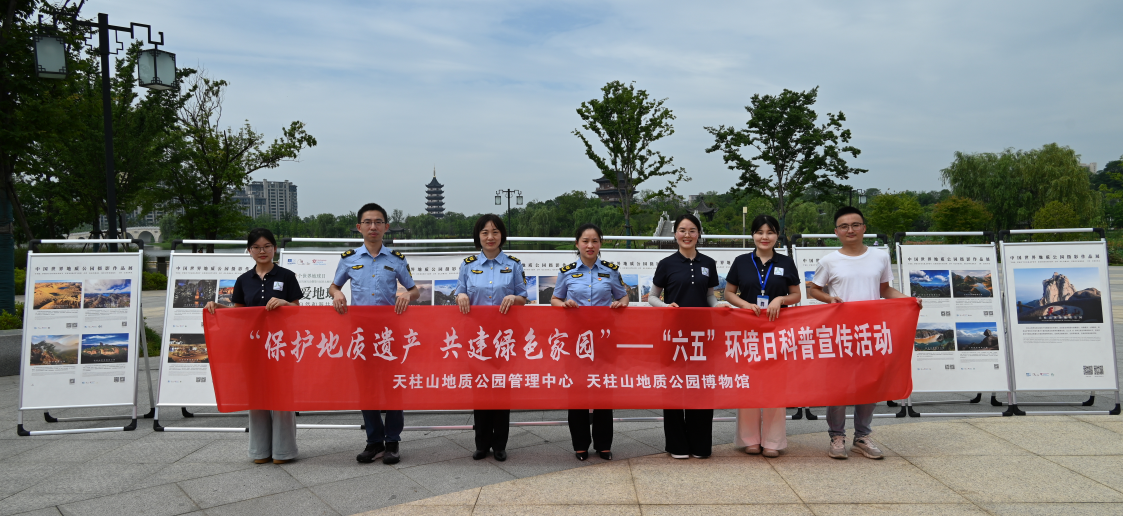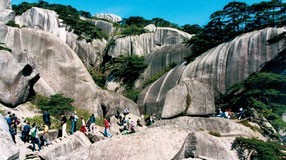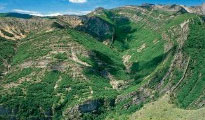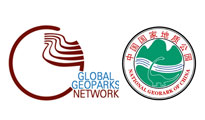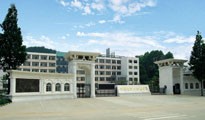The term "Geopark" first
appeared in UNESCO Geoparks Programme published by the United Nations
Educational, Scientific and Cultural Organization (UNESCO) in 1997. UNESCO
proposed the Geopark concept in 1999. It defines a geopark as an area containing
geological heritage sites of particular and international importance. These
Earth heritage sites require a comprehensive and coordinated management
framework and a strategy for sustainable economic development. A geopark
achieves its goals through a three-pronged approach. Firstly, it protects
geosites and the natural environment. Secondly, it promotes popularization of
earth sciences and improvement of public science literacy. Thirdly, it supports
sustainable local economic and social development. The main goals of a Geopark
are as follows:
To protect the geo-areas within the
geopark through proper planning, management and legislation;
To encourage the sustainable use of
geo-sites for knowledge-transfer activities; and
To promote geo-tourism and local
engagement activities in the geo-areas and neighborhood areas.

















